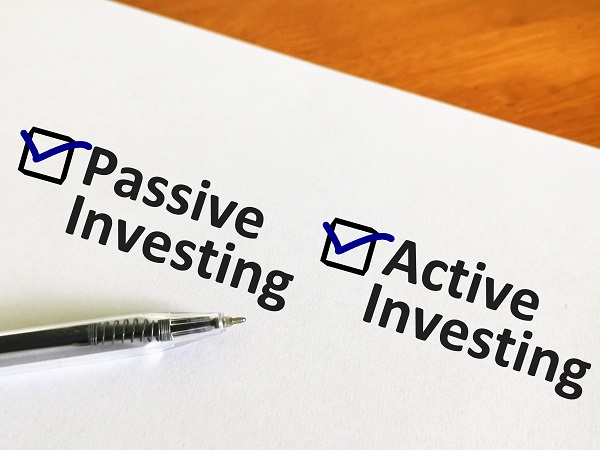Pros and Cons of Active Investing and Passive Investing
Investing is a way through which one can increase their wealth. It can build an asset that will help the person retire and provide the individual with an extra net worth, which makes life a bit easier and provides a safety cushion to an individual.
There are specifically two types of trading and investing that a person can do: passive investing and active investing. In this blog, we will look at the pros and cons of active and passive investing in detail.
Understanding Passive Investing
The role of passive investing is a process through which one can come into investing by choosing an investment option where a person will follow the index or a diversified portfolio where the money will be spread.
Benefits of Passive Investing
There are certain benefits of passive investing, and through that, one can build a portfolio by choosing this path of investing.
- Low Fees for the Funds
In passive investing, a person is investing in an entire index, and it makes their investment more of a systematic process rather than a factor of skill. Therefore, the fees for maintaining such funds are low, and a person can save a lot on commissions.
- Tax Efficiency
It is also a great way to save on taxes, as it has a long-term approach; therefore, it records for a lot less in capital gain taxes. A Fresno tax lawyer or another expert from the same field can help a person get through the tax files and reduce their tax amounts with the help of passive investing.
- Transparency
In passive funds, it’s clear and easy to check the assets in which your money is invested.
- Simplicity
Owning a passive fund doesn’t require a great amount of time in your day as it follows a simple and strategic direction toward wealth building.
Limitations of Passive Investing
There are certain limitations of passive investing, and one must find some ways to mitigate those challenges.
- Smaller Return Potential
The return potential is quite small as it’s diversified across an entire sector or an index.
- Limited Risk Mitigation Options
If the share market, in general, goes down, then there is no hedging option in passive investing, and the entire return can again come back to its mean position.
Understanding Active Investing
Active Investing is a process where a person requires professional money managers who can actively find the best options to invest so that the client can grow their money fast and get higher returns.
Benefits of Active Investing
Here, we have mentioned certain benefits of active investing, and here it is follows:
- Flexibility
It offers a person the flexibility to choose a particular asset and invest in a higher proportion of that particular asset or stock.
- Tax Management
One can consult with a California tax lawyer or some other experts who can mitigate capital gain taxes and find other deduction methods.
Limitations of Active Investing
- Quite Expensive
Active trading is quite expensive as a part of the fund goes to the person who is managing that amount for higher returns.
- Active Risk
The risks are quite high, as there are chances of error and capital depreciation.
Final Verdict
Depending on the risk profile of a person, it can be said whether or not the active or passive style of investing is good for a person. It’s always the best strategy to go for a consultation with an expert.
Stay in touch to get more updates & news on Discover Headline!







